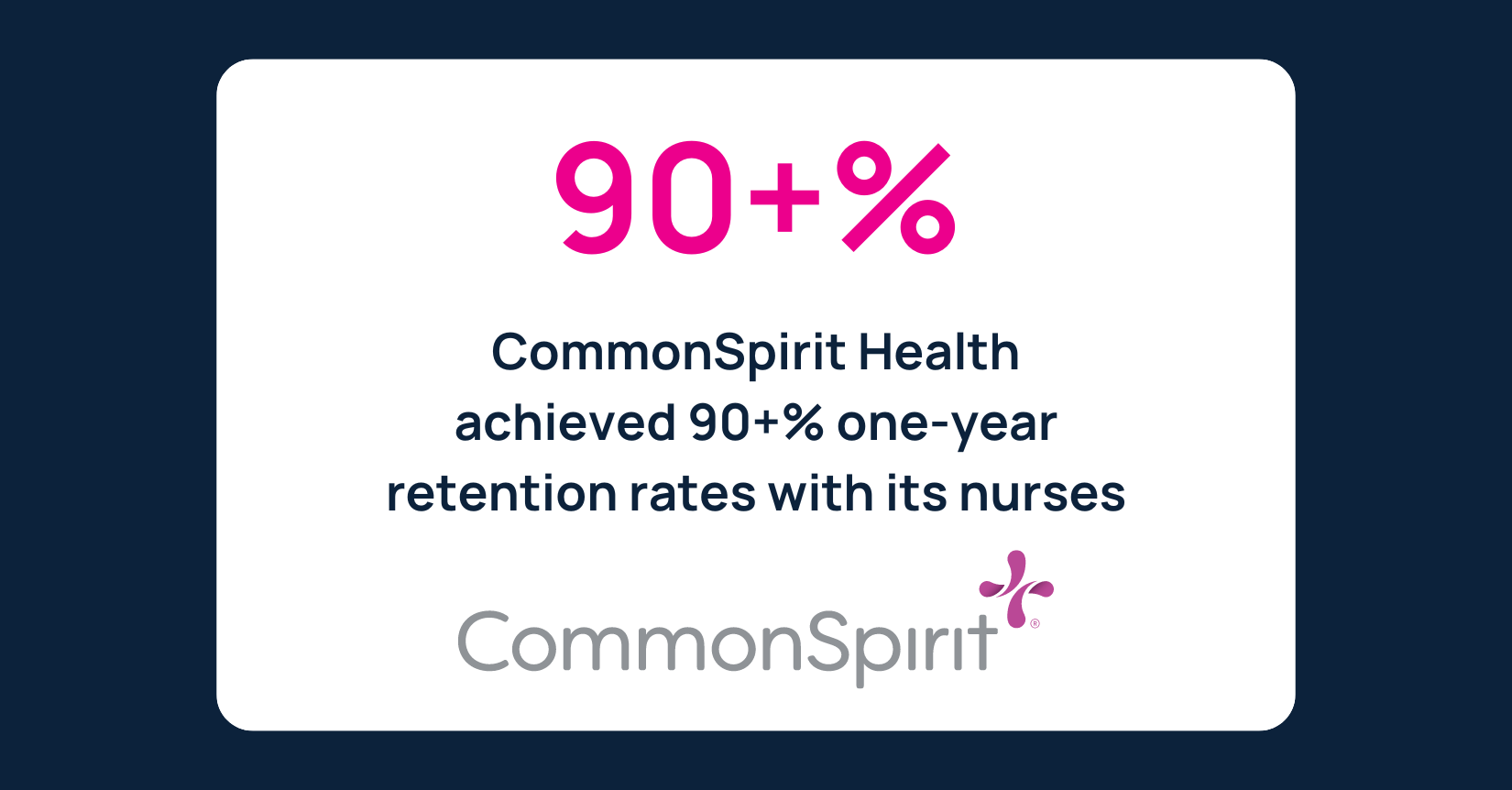Overhauling Workforce Development: How to Solve the Healthcare Staffing Shortage Crisis
The U.S. healthcare system faces a nationwide staffing crisis leading to rising costs and threatening overall patient care quality. How can healthcare leaders rethink their workforce development strategies to increase retention, lower costs and improve employee well-being?

Imagine a bustling hospital where nurses, physicians and support staff are outnumbered by patients needing care. This scenario is a harsh reality and not uncommon in today's healthcare environment, where staffing shortages pose significant challenges to organizations and communities nationwide.
In our recent whitepaper, we’ve examined the current state of this crisis, how we got here, where our current workforce strategies are falling short. We’ve also proposed strategic solutions to stop the circle of stagnation and adopt innovative approaches to drive real change, fostering resilience and adaptability in the future healthcare workforce.
3 Major Factors Impacting Today’s Workforce Crisis
- Burnout is Leading to Unprecedented Turnover
The demanding nature of healthcare professions, characterized by heavy workloads, long working hours, administrative burdens and the emotional toll of caring for others, has contributed to a workforce at risk of exhaustion. - Recruitment Strategies Are Failing
Recruiting new talent in the healthcare industry faces deep challenges as low wages, long hours, rising inflation and a lack of flexibility and respect often drives jobseekers to join other industries. - The Demand For Healthcare Far Outweighs The Supply
The American Association of Medical Colleges projects a national physician shortfall of at least 37,000 — and possibly well over 100,000 — over the next decade, while a recent McKinsey report predicted a nationwide shortage of as many as 450,000 nurses by 2025. All the while, the aging U.S. population has led to shifting healthcare needs with higher rates of chronic illnesses and acuity.
Learn more about these factors in our latest whitepaper “The Vital Role of Workforce Development in Solving the Healthcare Workforce Shortage Crisis”.
Syl Trepanier, Providence
"The impact of this historic nursing shortage is being felt across the country and the world, with patient care and provider wellbeing hanging in the balance. Health leaders have only one way forward – they need to radically overhaul their approach to staff retention and workforce development"

3 Major Factors Impacting Today’s Workforce Crisis
- Burnout is Leading to Unprecedented Turnover
The demanding nature of healthcare professions, characterized by heavy workloads, long working hours, administrative burdens and the emotional toll of caring for others, has contributed to a workforce at risk of exhaustion. - Recruitment Strategies Are Failing
Recruiting new talent in the healthcare industry faces deep challenges as low wages, long hours, rising inflation and a lack of flexibility and respect often drives jobseekers to join other industries. - The Demand For Healthcare Far Outweighs The Supply
The American Association of Medical Colleges projects a national physician shortfall of at least 37,000 — and possibly well over 100,000 — over the next decade, while a recent McKinsey report predicted a nationwide shortage of as many as 450,000 nurses by 2025. All the while, the aging U.S. population has led to shifting healthcare needs with higher rates of chronic illnesses and acuity.
Learn more about these factors in our latest whitepaper “The Vital Role of Workforce Development in Solving the Healthcare Workforce Shortage Crisis”.


